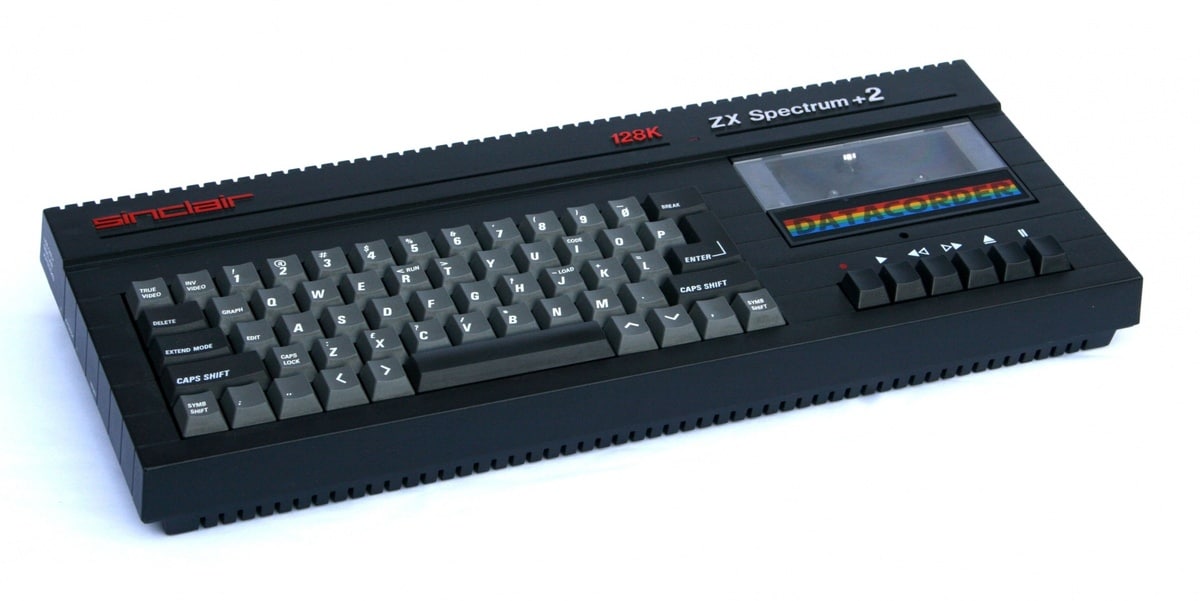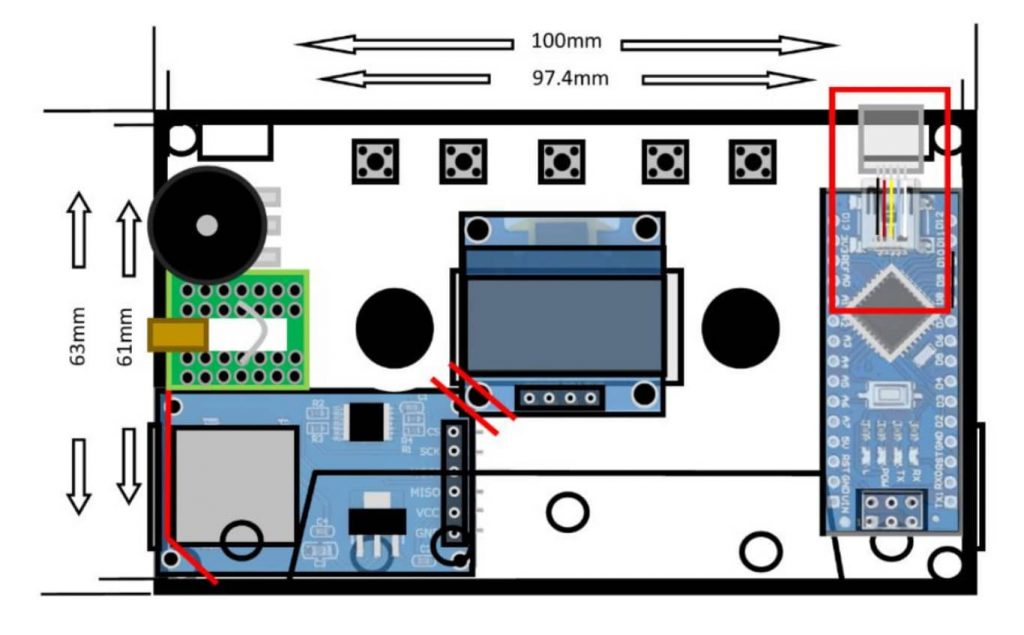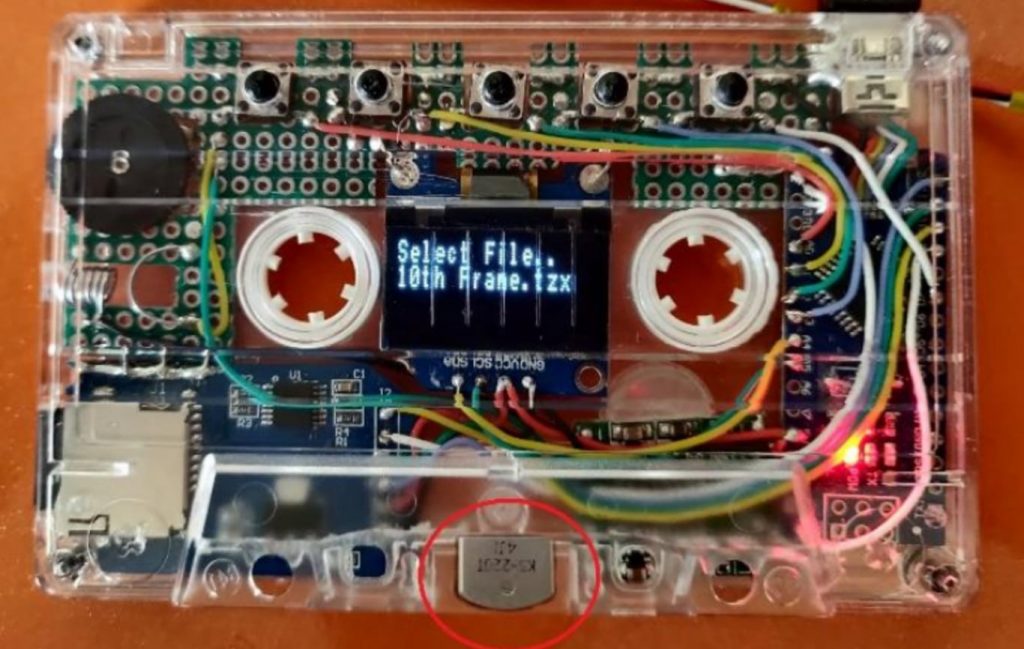
Many retro computer loving users. Authentic collectors who manage to buy or restore old mythical equipment. Passionate about the Zilog Z80 chips, the Apple Classic, or those other mythical equipment that was in the past, such as the ZX Spectrum, or the Amstrad, Atari, Commodore, and much more. Well, all of them should know about the TZXDuino project that we will talk about in this article.
In other posts we have shown articles to recover retro video games and run them in the emulators. This time we will talk about what is that of TZXDuino, what does it have to do with the Spectrum and with Arduino, etc.
Z
The British firm Sinclair research created one of the most legendary computers and that is a marvel for lovers of retro. It is the ZX Spectrum that would go on the market on April 23, 1982.
An 8-bit computer based on the famous microprocessors Zilog Z80A. In addition, it would become one of the most popular home microcomputers in Europe at this time.
An optimized and quite compact equipment for the time that would delight the computer and video game fans of this decade, and which is still a museum piece today. In fact, those who are not lucky enough to have the original hardware, are content with clones or emulators to keep reviving their software.
Of the ZX Spectrum there would be several versions, in addition to some clones and derivatives that have emerged given the success of this product for which there were several compatible operating systems.
As to original hardware, the characteristics were quite considerable for the time:
- CPU: Zilog Z80A at 3.5 Mhz and 8-bit for its data bus and 16-bit for the address bus, being able to manage more memory.
- Conference proceedings- You could choose between two different RAM configurations. A cheaper 16 kB version and a more expensive 48 kB version. That had to be added to the 16 kB of ROM that it included as a base. That ROM included BASIC interpreter.
- Keyboard: rubber integrated in the computer in some versions.
- Storage: Magnetic cassette tape system the same as those used in a common audio system. The data could be accessed at a speed of 1500 bit / s on average. Therefore, a video game of about 48 kB took about 4 min to load. Although some games used turbo mode to increase speed. In addition, a year after the launch of the Spectrum, Sinclair released the ZX Interface I, which could connect up to 8 fast tape drives called microdrives with speeds of 120.000 bit / s.
- Graphics: its graphics system could handle a matrix of up to 256 × 192 px. Although the color resolution was only 32 × 24, with 8 × 8 pixel clusters and color information or attributes such as background color, ink color, brightness, and flash.
Of course, several peripherals to add to this computer. Not only the ZX Microdrive, but also other disk interfaces such as Beta Disk, DISCiPLE, OPUS Discovery, styluses, mice (Kempston Mouse, Star Mouse, AMX Mouse,…), printers, video game controllers such as joysticks, etc.
And all this for the dream of a visionary named Sir Clive Sinclair, a London inventor, engineer and businessman who had this wonderful idea to sell microcomputers for the home. And the best thing is that you can continue enjoying them with projects like the TZXDuino that I show you below ...
What is TZXDuino?
It is true that you have emulators at your disposal, as well as buy or restore original Spectrum equipment that you find in the second-hand market yourself. That way, you will have the hardware to be able to run retro video games and software as before. But not everyone can get one, and this is where TZXDuino takes on its relevance.
Well, imagine an enclosure similar to a cassette tape, with a development board inside and capable of running original ZX Spectrum software that you have stored in a microSD card. That is basically what you would have as a TZXDuino. It is not having original hardware, but something is something if you do not like emulators ...
Those responsible for this project are Andrew Beer and Dunan Edwards, which with tomorrow and imagination have managed to put everything inside a cassette tape. So you can have in your hands a small device to resurrect all those mythical programs from the 80s to 90s for Spectrum.
If you wonder about the technical details of how it was created, the truth is that they have been based on arduino. Hence its name. And if you want one and you have the soul of a maker, you can create your own DIY cassette. In this link you will find a PDF that contains all the instructions for the assembly of the electronic components. And the truth is that it is not an extremely complex and long procedure ...
The only complex thing that it has is that it needs some skill to integrate everything inside and that you have good tin soldering skills.
Either way, I'm sure you learn a lot during the process construction and fun once assembled will be guaranteed ...
To create your own TZXDuino you will need
You can buy all components easily in specialized stores or on Amazon, such as:
- Cable
- LCD Display
- No products found.
- MicroSD card reader module
- Potentiometer B103
- Tactile switches
- Perforated plate
- PAM8403 2X3W Amplifier Board
- No products found.


